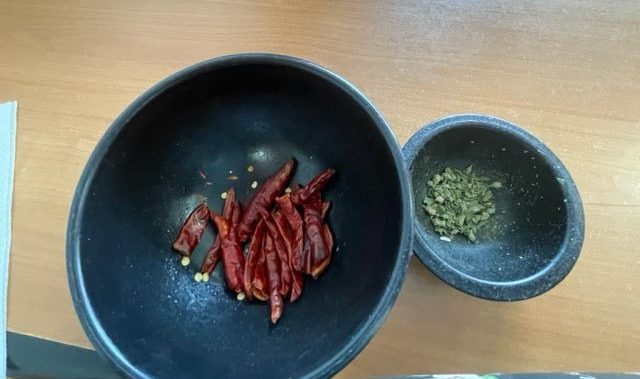Also read:
Alert for undocumented migrants in northern Arizona
Some hysteria and a smidgen of hypocrisy

Travelling back from the southern rim of the Grand Canyon to Flagstaff, Arizona, the van run by the taxi company had to negotiate a police corridor. Police and Arizona Department of Transport vehicles were on either side as traffic snaked through. Clearly, police and the state highway agency were looking for something. Or someone.
Who?
We’re a week on from the Biden administration’s decision to lift Title 42, a Trump-era policy that used the pandemic to stop most migration at the border on public health grounds. Might undocumented migrants have had anything to do with the checkpoint? And if so, why?
Hard to say but what’s clear is that northern Arizona, just as much as the southern part of the state, has been bracing for a migrant surge as Title 42 came to an end.
On May 10, the office of the Coconino sheriff (the county of which Flagstaff is a part) joined with Maricopa, Pinal and Yavapai counties to warn about “the failure to properly address issues of unlawful immigration on our border”. All four counties form a corridor from southern to northern Arizona though none of them share a border with Mexico.
The sheriffs were critical of the Biden administration’s handling of the border and said its “failure…bleeds into communities throughout the state, throughout the nation and adversely affects our ability to provide public safety for our community”. They added that “If the federal government doesn’t want to enforce their law, our message to the people of Arizona is that the Arizona sheriffs will enforce the law, and if you break a state law, we will hold you accountable”.
By some accounts, even though northern Arizona is nearly 600 km from the border with Mexico, it has traditionally offered undocumented migrants the chance to work without much scrutiny. Locals say the stone quarries and ranches in the area often put migrants to work, no questions asked. Enforcement has been stricter in recent years but the perception lingers that migrants have it easy around here. There is an element of hysteria and hypocrisy in the debate in this state.
Some analysts point out the racist and cultural angles of the conversation, with many unable to see the dissonance between sensationalised accounts that the country is somehow overrun by migrants even as they pay those same people to maintain their yards and care for their children.
Anyway, the debate is not helped by the way the hard line taken by the National Border Patrol Council, the United States Border Patrol’s labour union. Its tough spiel just got tougher. The Council regularly tweets about field reports from agents who “verify the enormity of this tidal wave of illegal aliens”. They’re “overwhelming stations”, it has claimed, and the situation “is completely out of control”. It’s another matter that US Homeland Security has said the anticipated surge of migrants at the border hasn’t happened, at least so far.
And yet the Council continues to accuse the Biden administration of “massive releases” of undocumented migrants. At one point, it even sarcastically said “Thanks Biden”.
Clearly, some border patrol agents are miffed they can’t continue the swift expulsion of undocumented migrants on public health grounds. Their line must undoubtedly be taken up by rightwing TV channels and talk radio.
So the hysteria will rise as emotions are whipped up about “unstoppable” streams of migrants. We’ll probably see the effects as the presidential campaign swings slowly and deliberately into motion over the coming months.

“Our battered suitcases were piled on the sidewalk again; we had longer ways to go. But no matter, the road is life”
– Jack Kerouac

